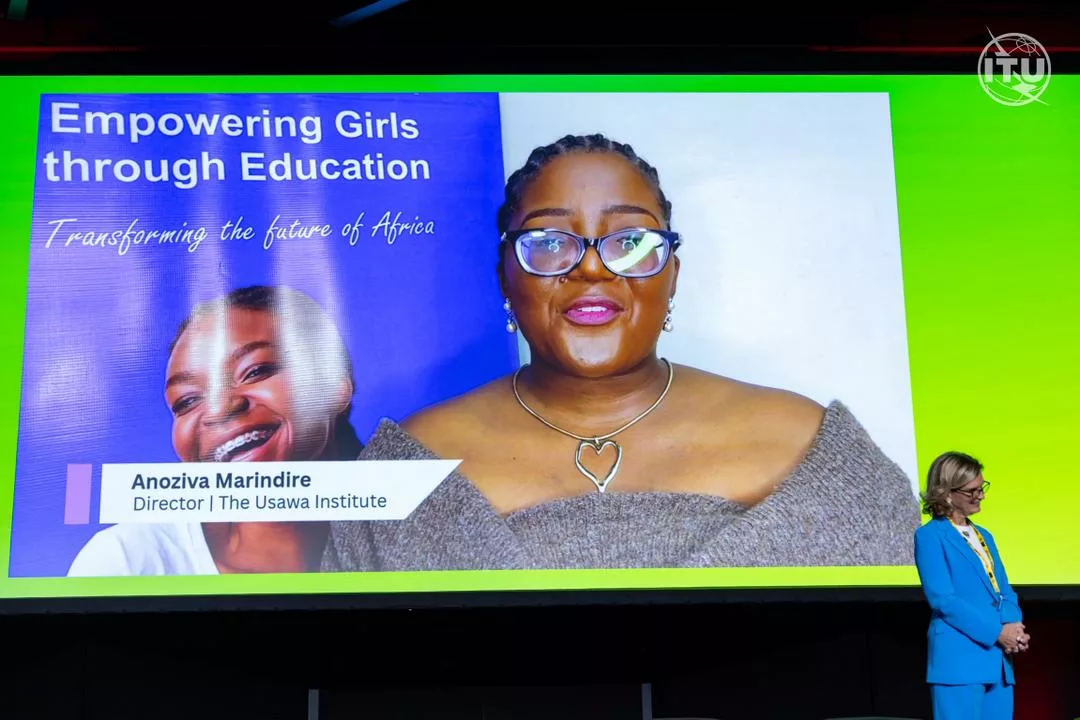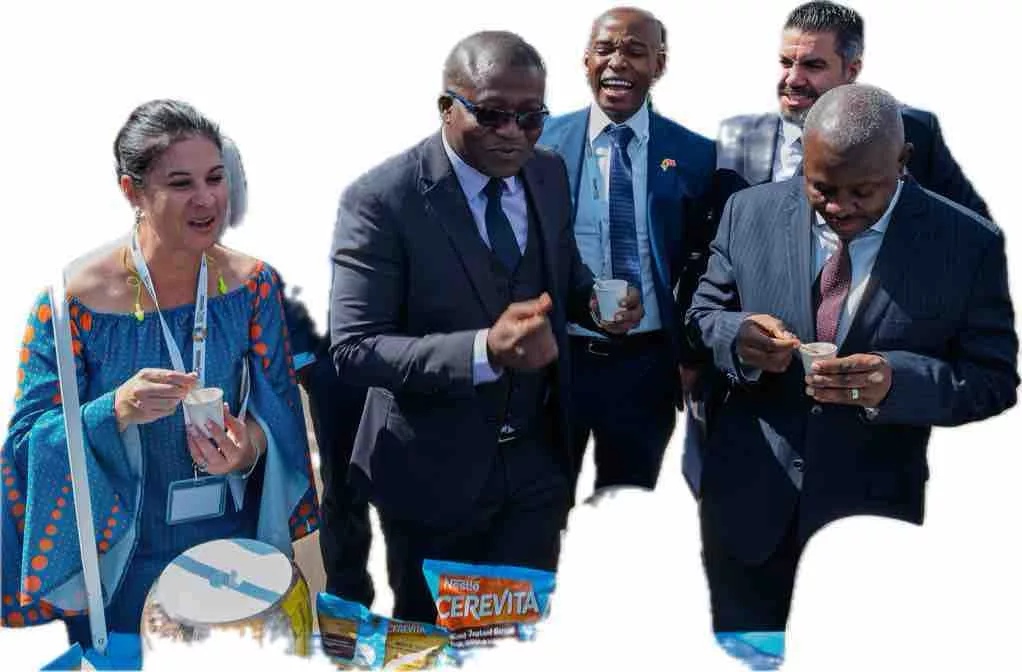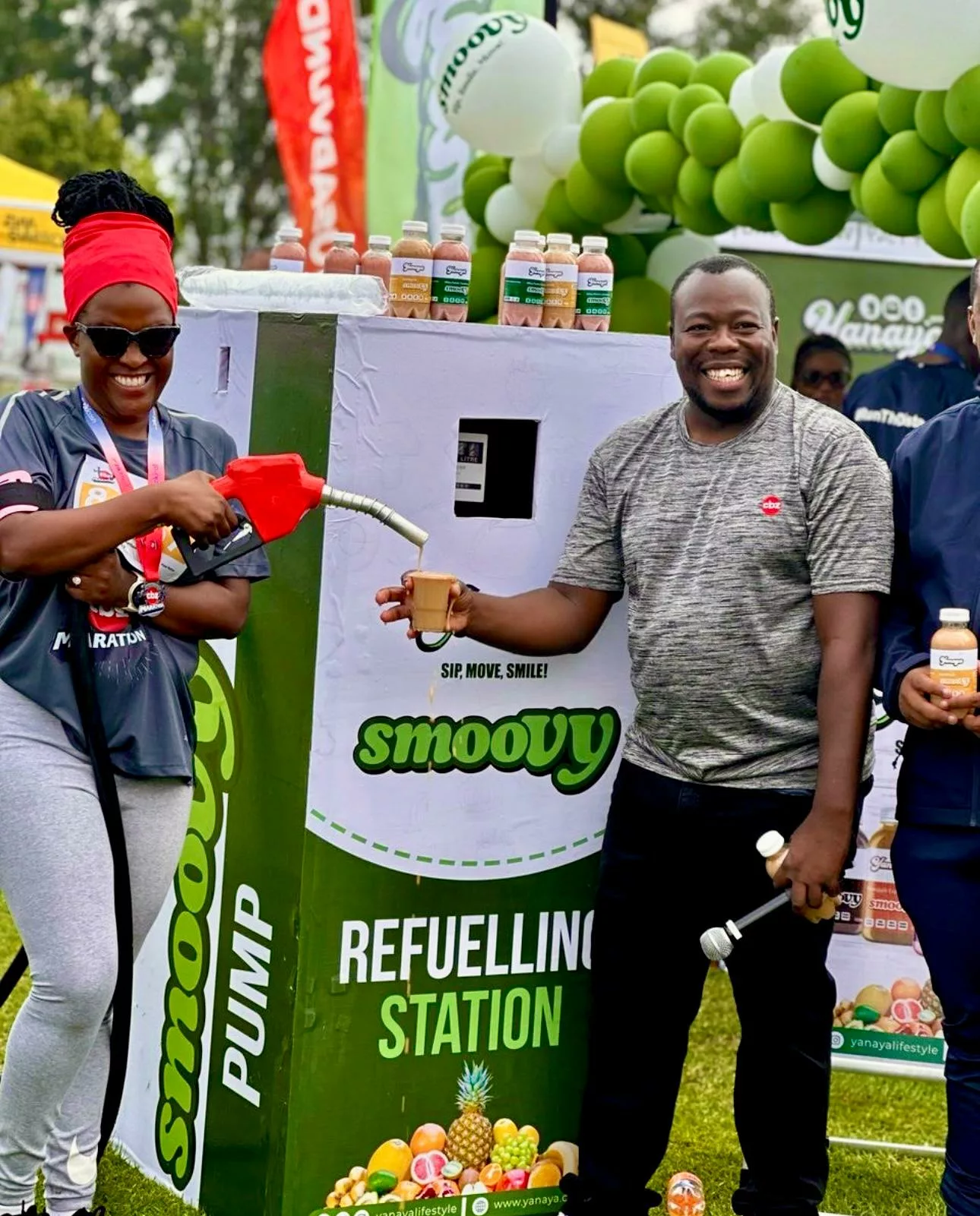By John Wilson
It is becoming increasingly apparent that the main drivers of life on Mother Earth are microbial. Perhaps the difficulty in recognizing this is because without a microscope we can’t see this incredibly complex world.
Unfortunately, probably because we can’t see it, we have often brought devastation to this microbial world. Most of our practices with the soil wreak havoc on the complex world of microbes. And we just keep doing them. And then, because of the havoc, in order to try and deal with it, we turn to synthetic fertilizers, which give some relief apparently, like a headache pill. But these highly soluble synthetic fertilizers wreak more havoc on soil life. When you really stop to think about it, it’s crazy what we’ve been doing and what we continue to do, as if there was no future.
And then because we grow plants deficient in a full spectrum of nutrients, they get sick and so we spray more synthetics, often quite toxic. It just gets worse. And we do diplomas, degrees and Masters’ degrees in all this too. Training people how to wreak havoc on soil life even more effectively. Sometimes I shake my head in disbelief.
But we can start to bring things back. And one of the places we can go to in order to help us are those natural places where soil life thrives. Here microbial life has flourished for thousands, millions of years. That microbial life is full of indigenous knowledge, memories, that go back into aeons of time. This is the knowledge that knows how to look after the soil. We can tap into that life, multiply it up and start to apply it in our farming areas so that we can gradually bring life back to all the nearly-dead soils everywhere. This is an important local resource that we can make use of, a gift from Nature, to help us regenerate soils.
Indigenous/native microbes can be found in local forests or wooded areas just below the leaves, where leaves are starting to decay (called duff in English). These are the microbes best suited to your area. You can multiply these up by making a solid “native microbe” mixture, and then keep this going into subsequent generations by using the last part to make more (like one does with yoghurt), so no need to keep going back to the forest to take duff – but it’s always there keeping things going if you lose your starter by any chance. Microbes are magicians. We don’t really understand how they work, but are beginning to understand – most scientists admit, despite a huge increase in knowledge since the 1980s in soil microbiology, that we are still only scratching the surface in terms of our understanding.
But as each year goes by, we learn more. We know now that microbes give nutrients to plants in exchange for the exudates from the plant’s roots. Microbes build the structure of the soil, particularly with the substance glomalin, which was only identified by science in the 1990s. This structure enables water to percolate easily into the ground and not run off. Microbes enable plants to access water in the soil better and they can also enable plants to access water vapour from the air – both of these activities help plants withstand dry periods better. We often complain of climate change while we farm bare soils with little structure.
The climate most certainly is changing but most of the ‘climate change’ to date has been our changing of the climate in soils. Temperatures soar in bare soils, devastating soil life. Temperatures stay constant in covered soils, enabling soil life to flourish, apart from the cover also feeding that soil life.
Soil regeneration is possible, very possible, but we have to do this wholeheartedly and not in a half-baked way. First, we have to understand and apply the basics to soil regeneration if we are going to get anywhere. The first two of these basics are ensuring cover, and minimal disturbance of the soil. Then we need to reactivate soil life. And we can do this by drawing on that indigenous knowledge from any forest or wooded/natural areas which are still healthy. We inoculate the soils with our native microbes and then keep feeding them by having a diversity of plants feeding the soil and by having green plants growing for as long as possible through the year. Compost and bokashi can help this process a lot in smaller, more intense areas.
None of this is very complicated, but it’s not easy, especially the transition. How to wean soils off their dependency on synthetic fertilizers? How to produce a decent amount in the first 2 – 3 years when the soil is still recovering? But the direction is so much clearer now than it was say 20 years ago. Let’s agree on the direction and get moving that way and keep learning from each other.
One programme I got to know better in 2020 that is doing this with hundreds of thousands of farmers is the Community Managed Natural Farming programme in Andra Pradesh in India. They are achieving remarkable success from what I can see. Of course, theirs is a very different context to ours, but if they can do it there can we not do it here? We need the vision and the will to do it. And we have to do it in its fullness, even if a few steps at a time. This is what agroecology is about.






